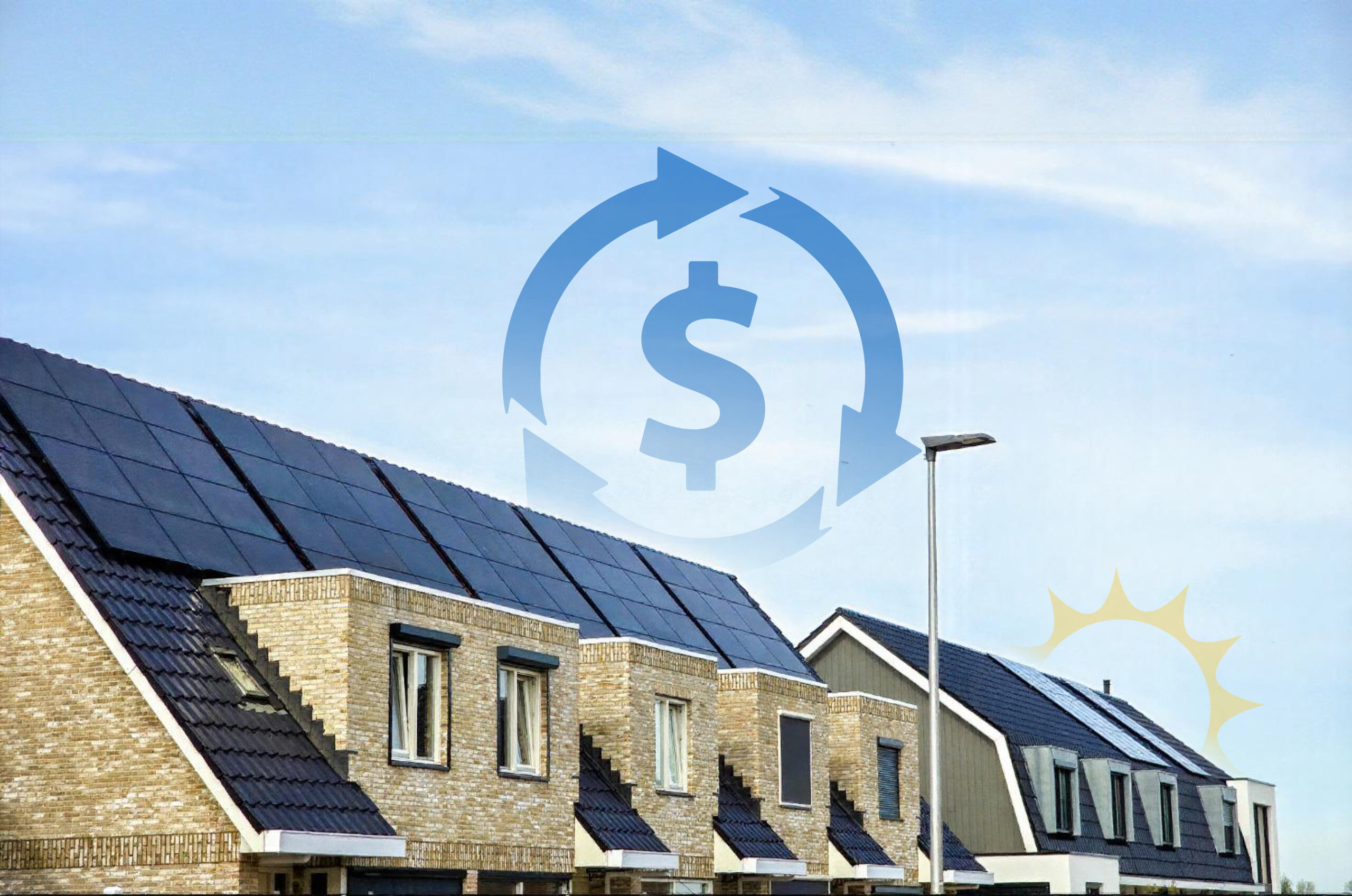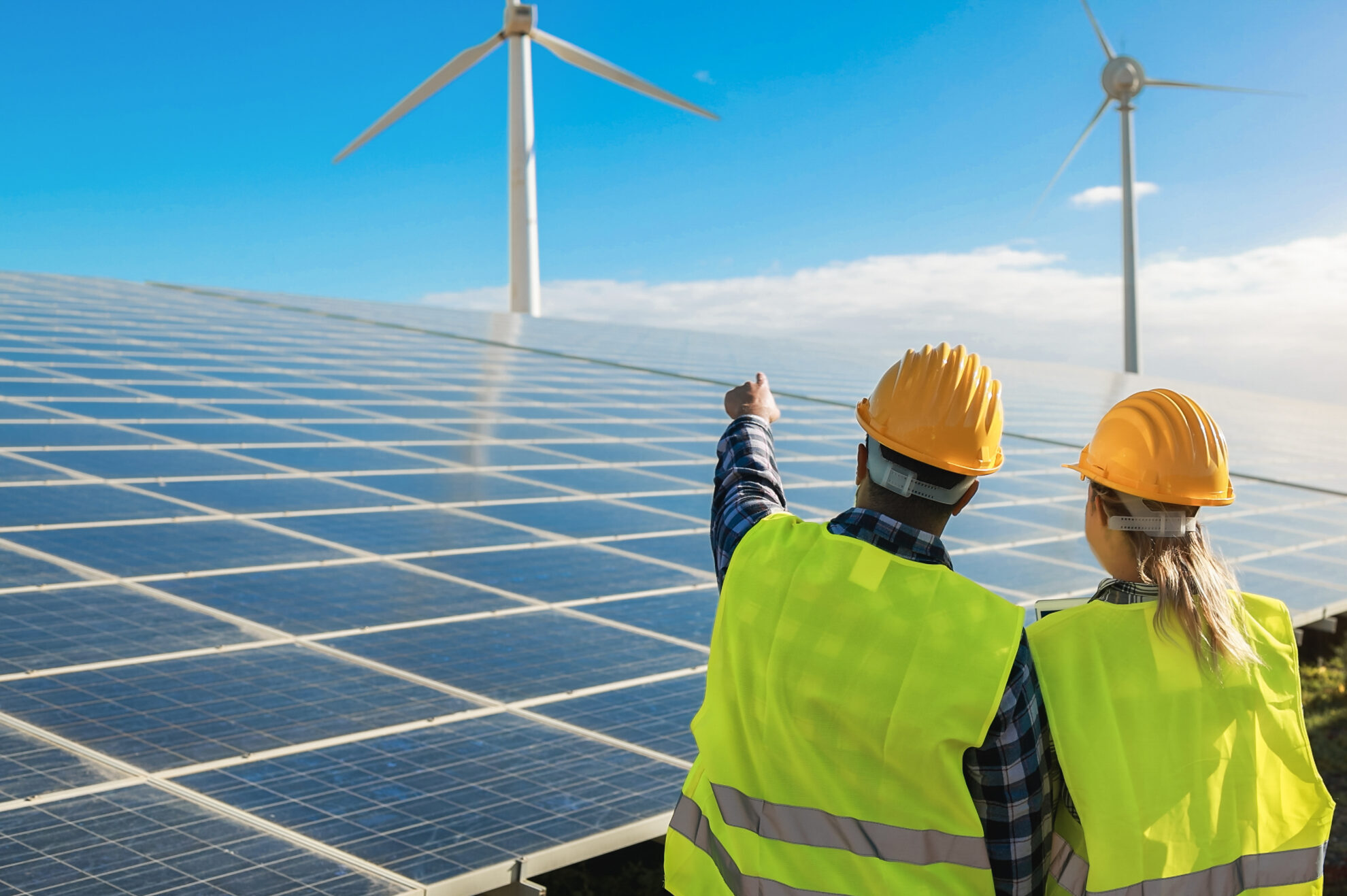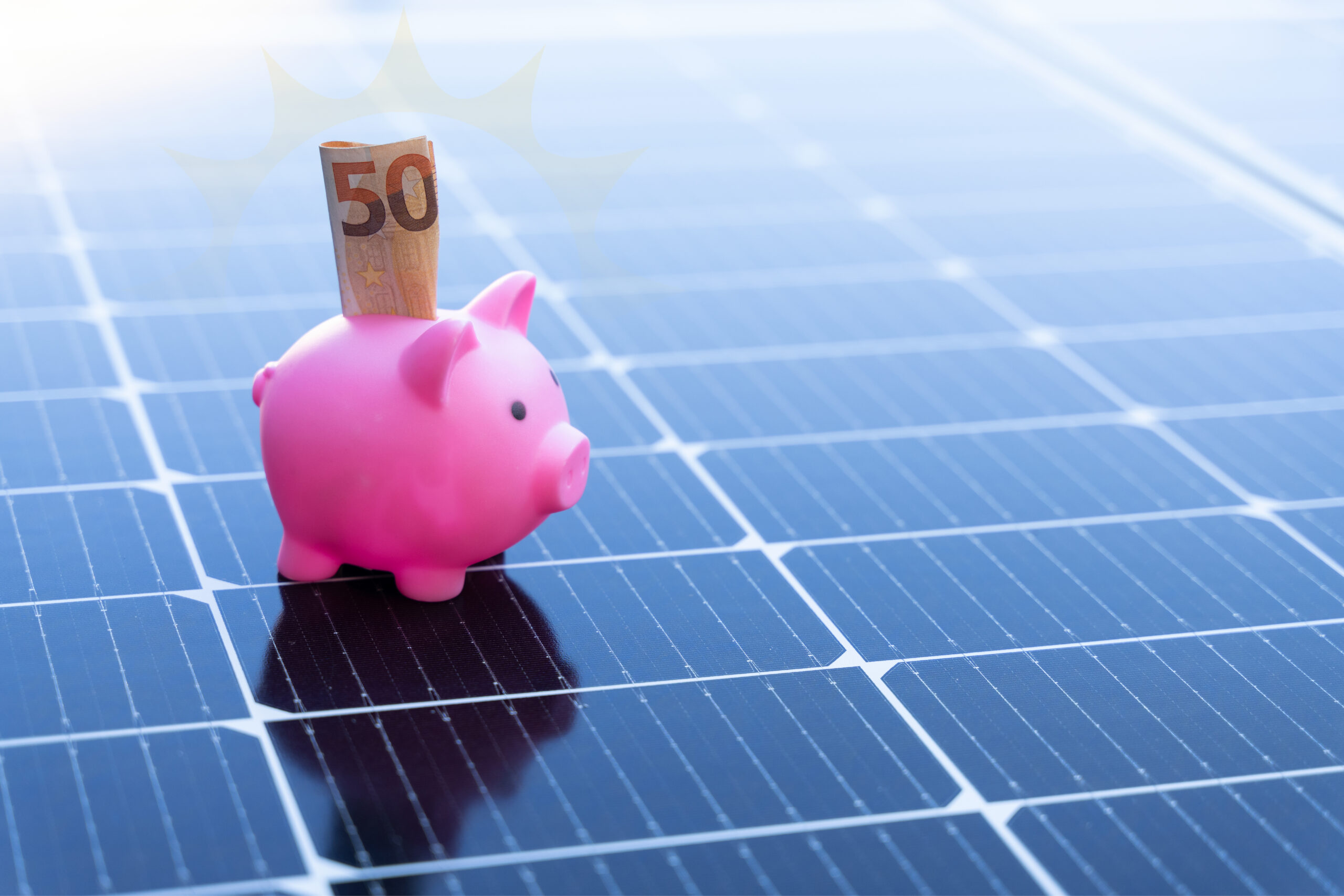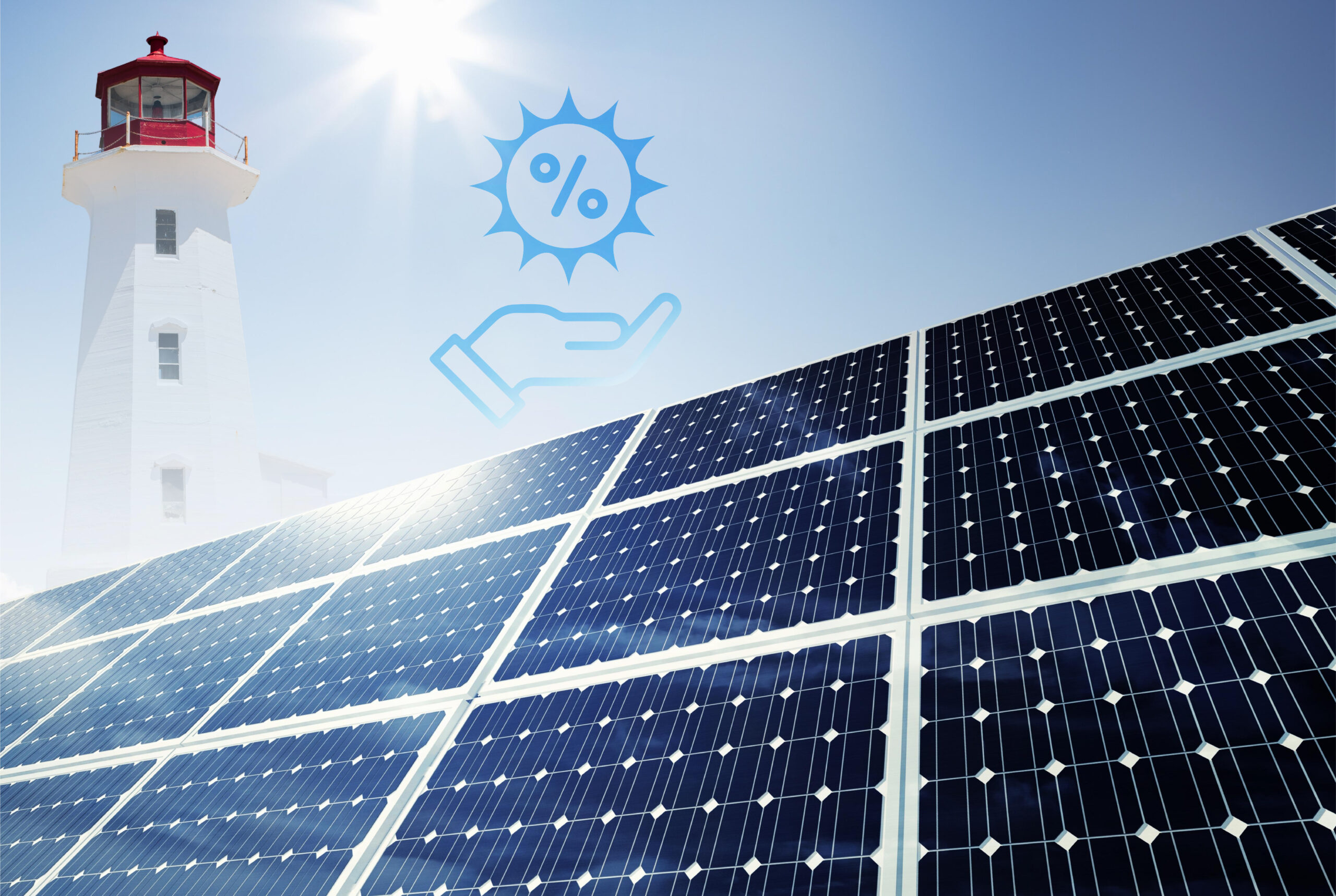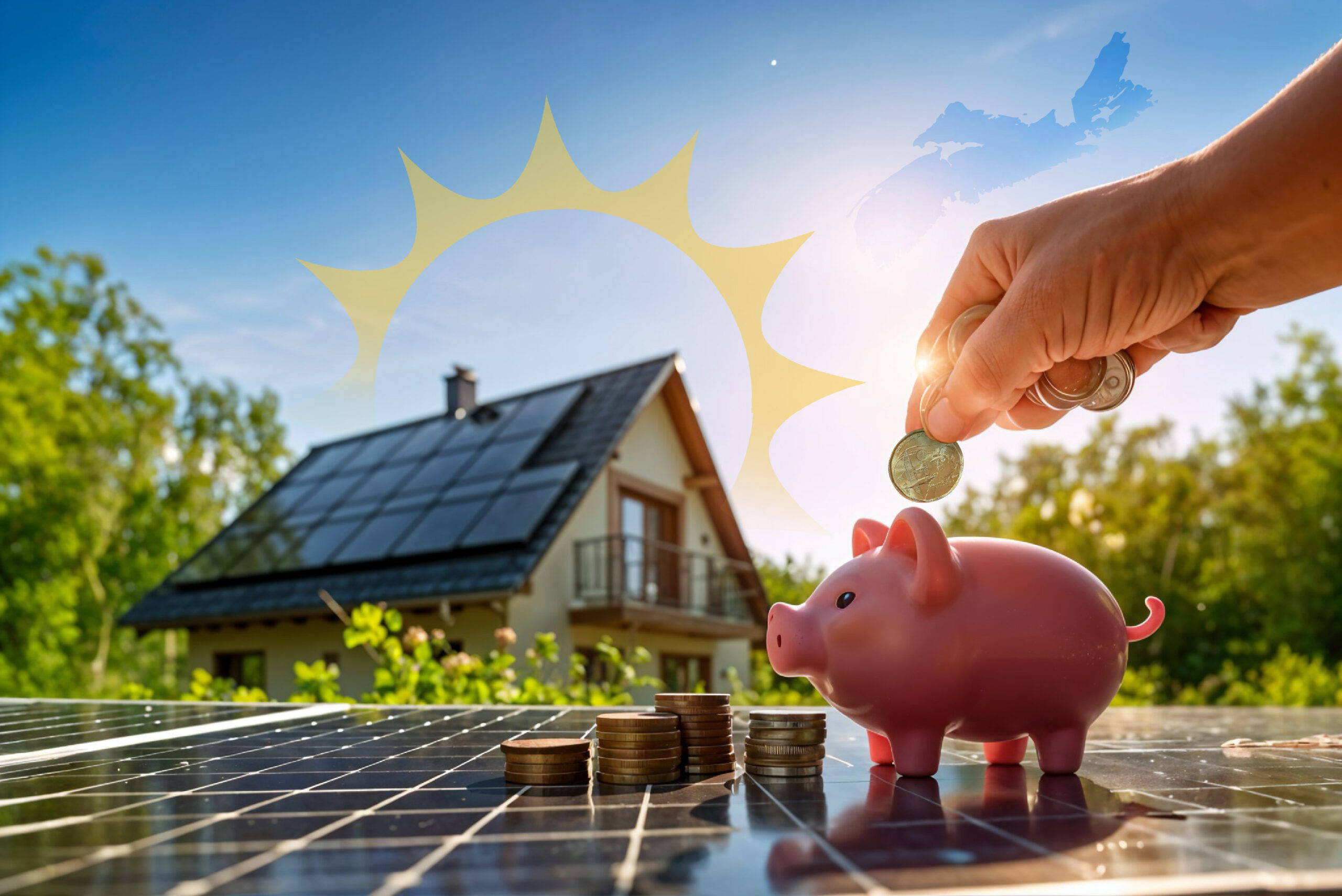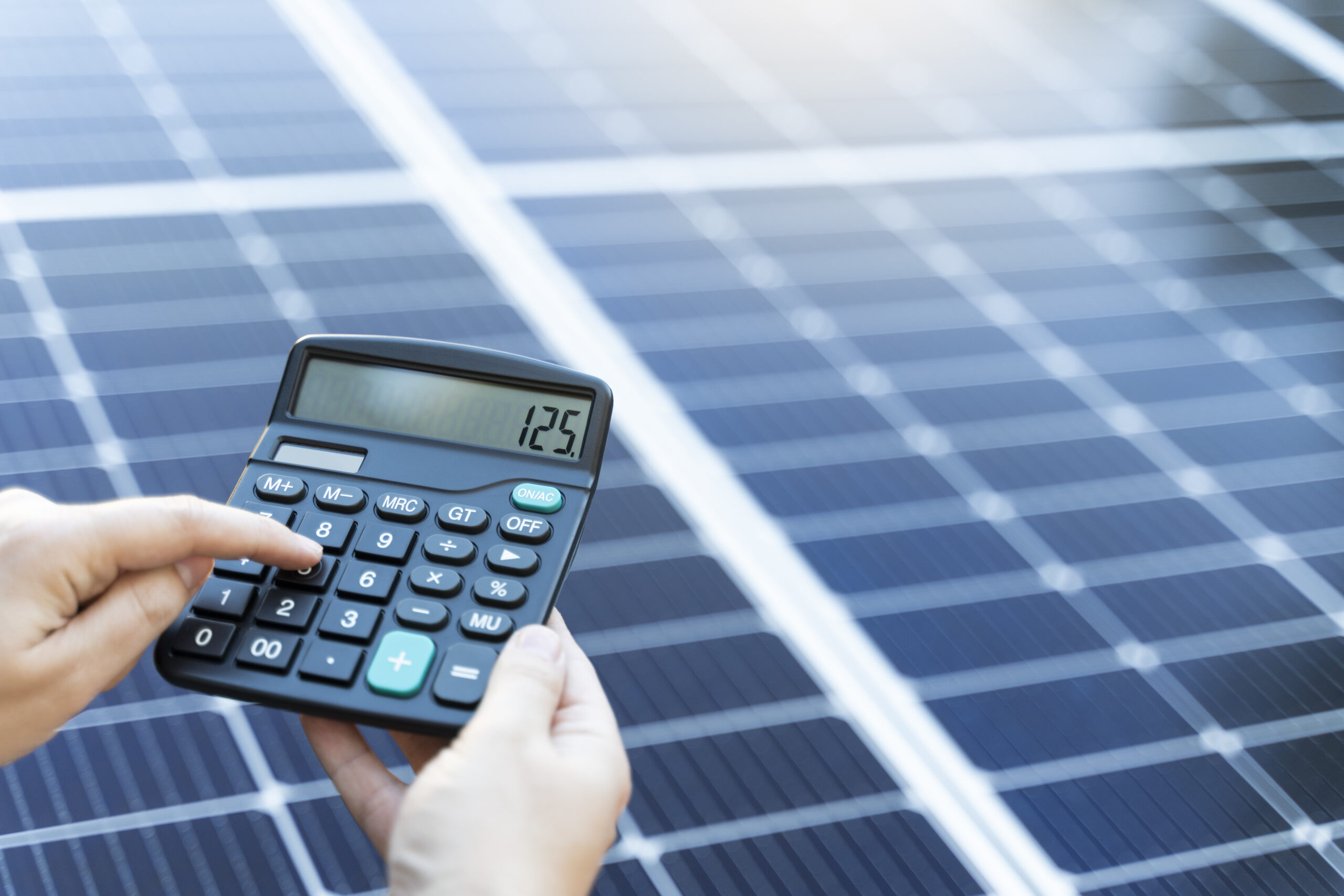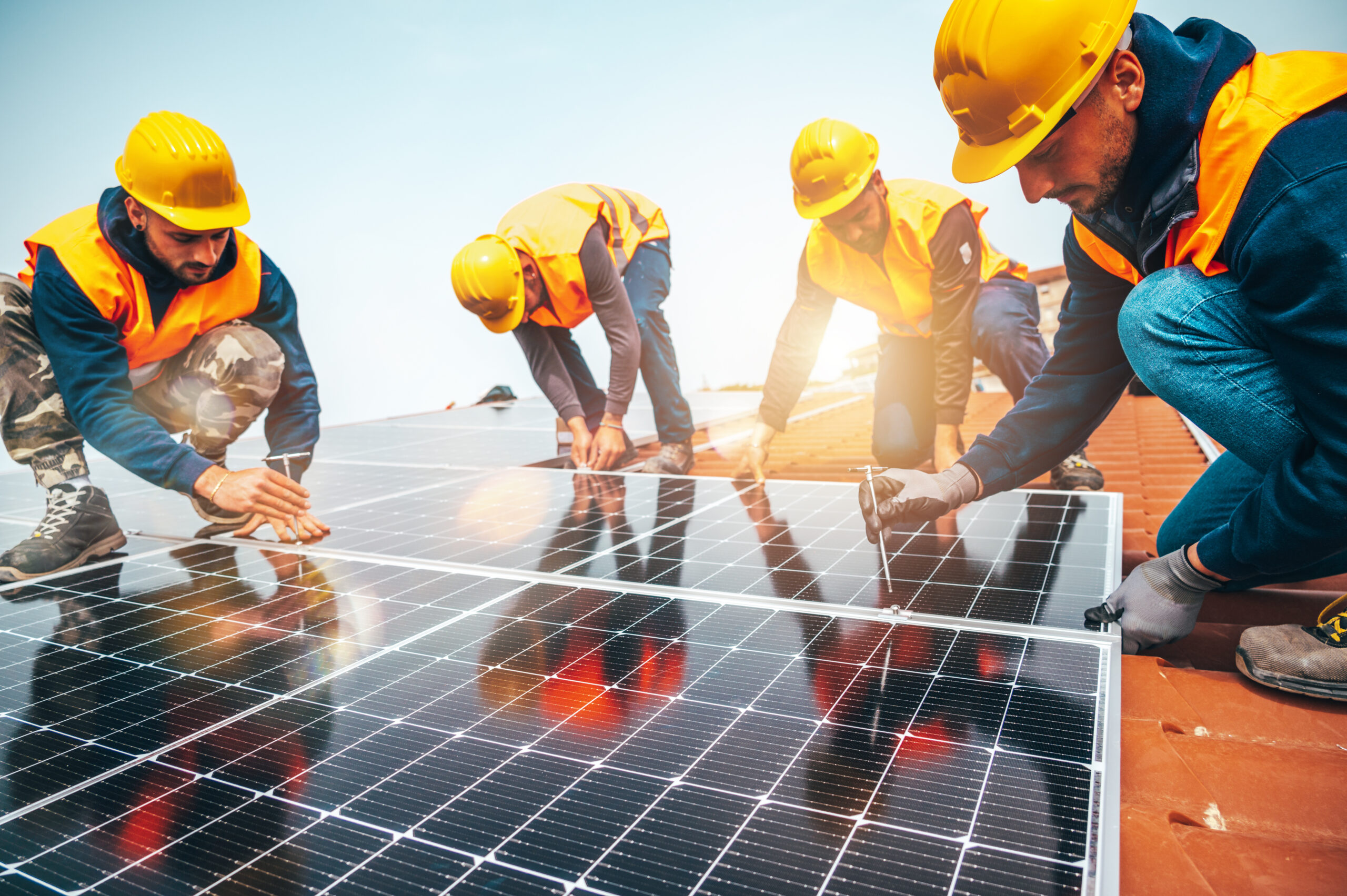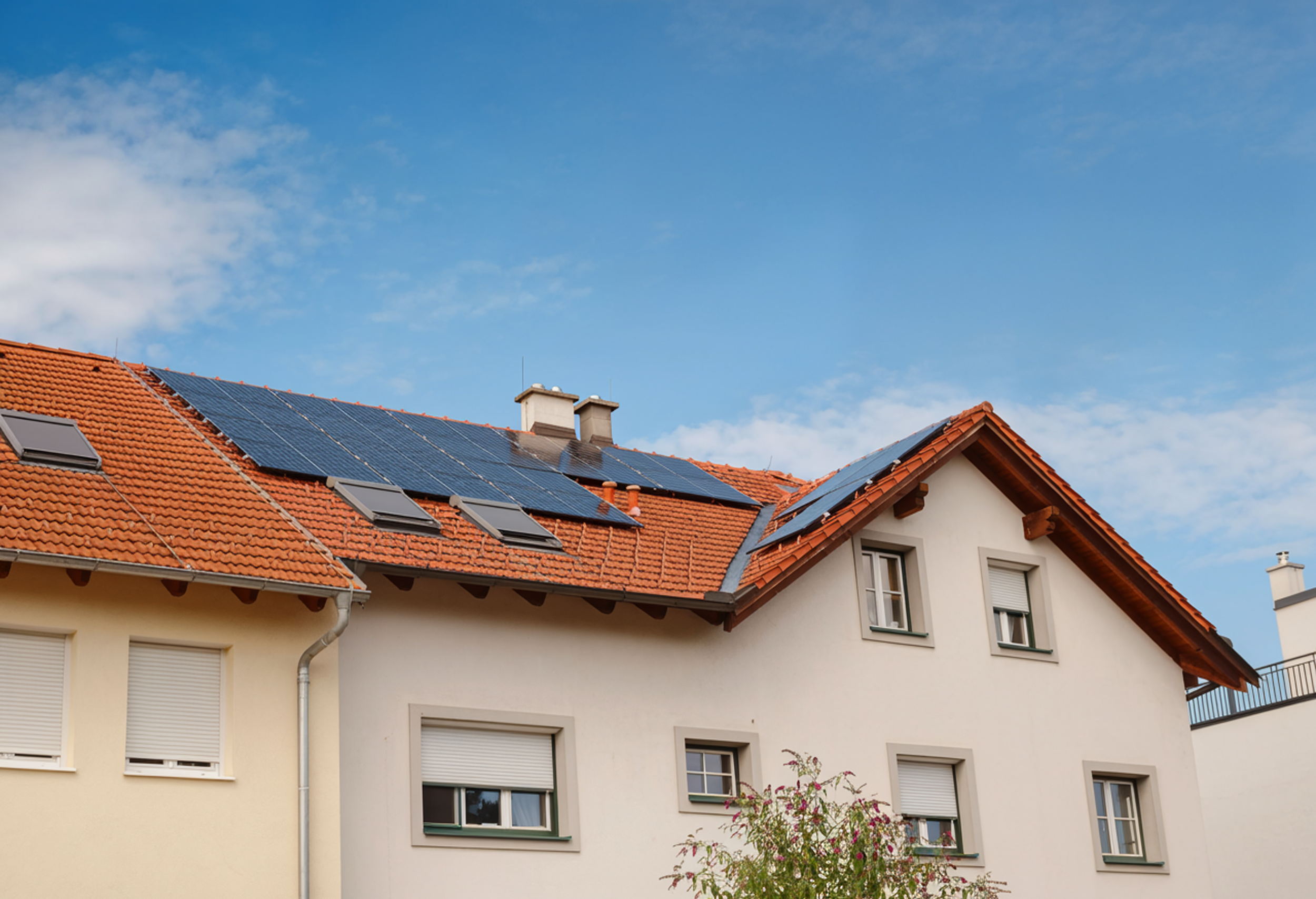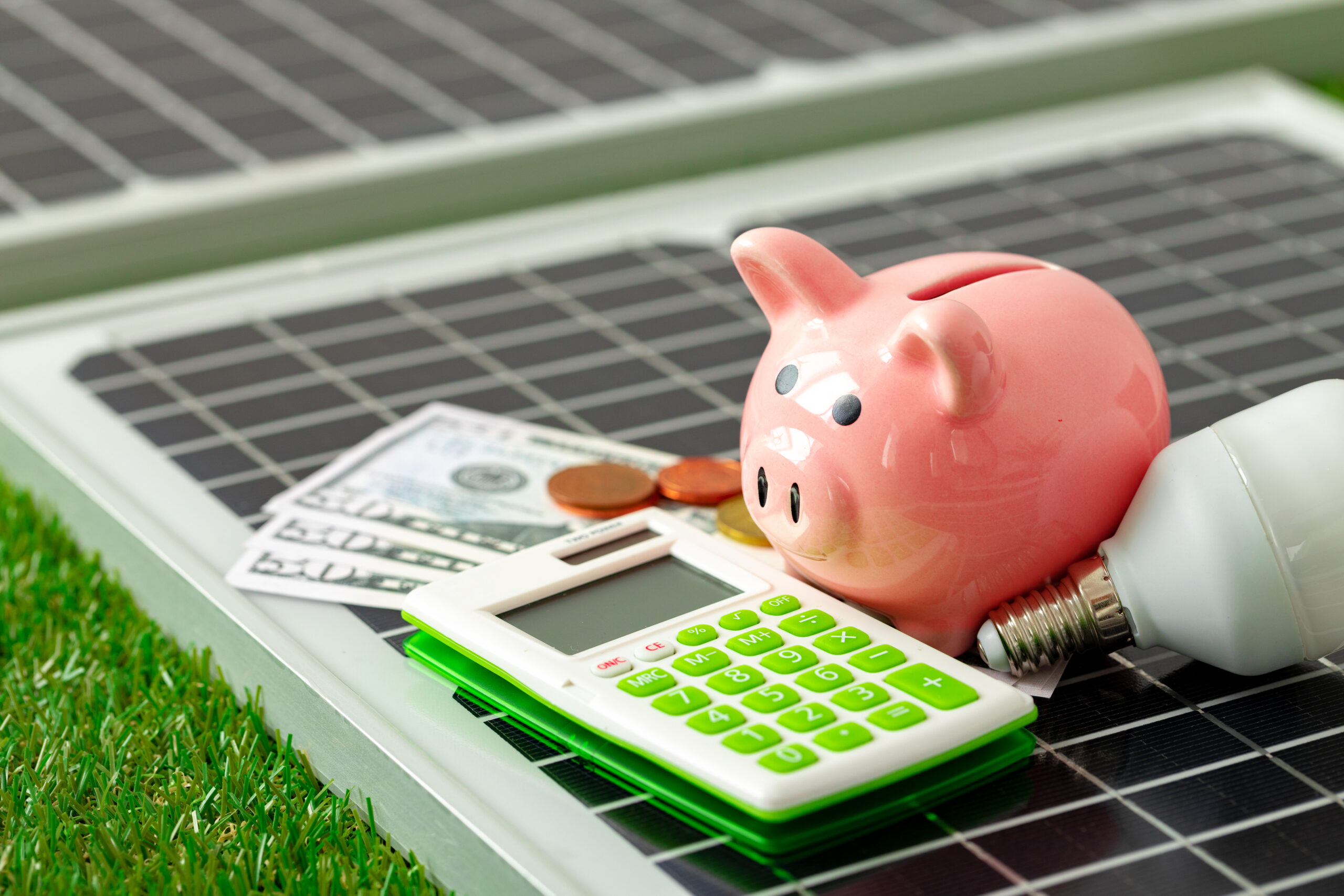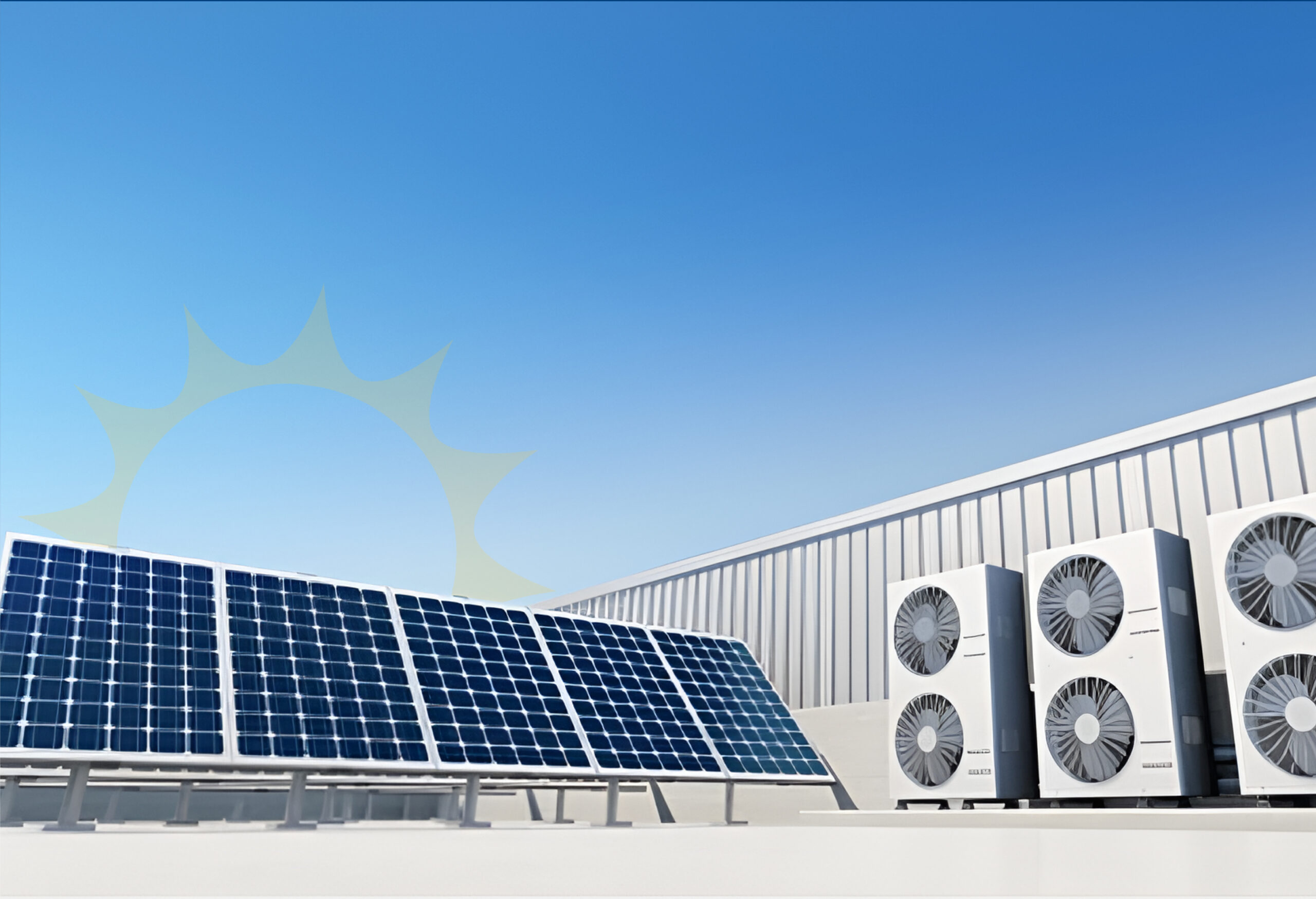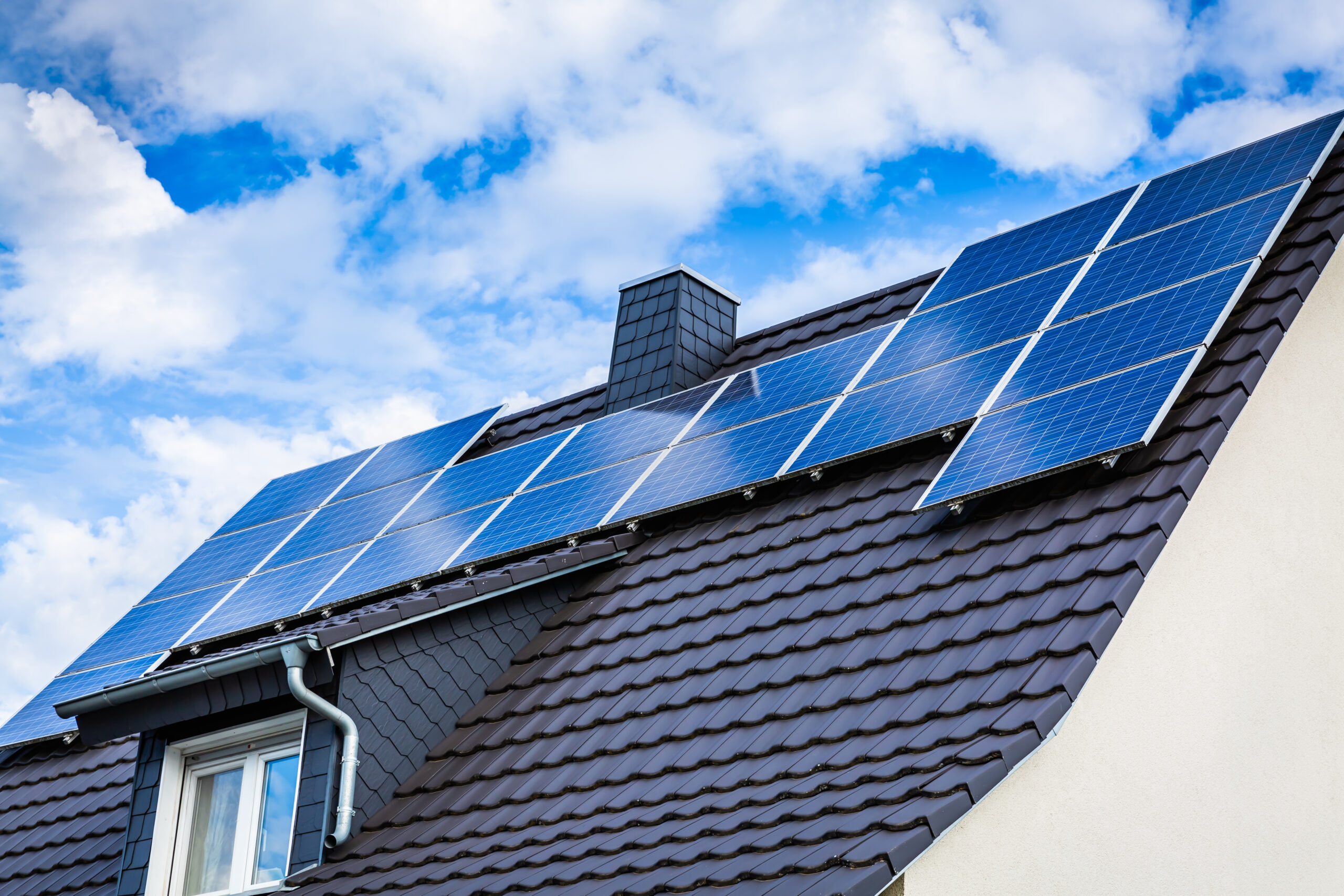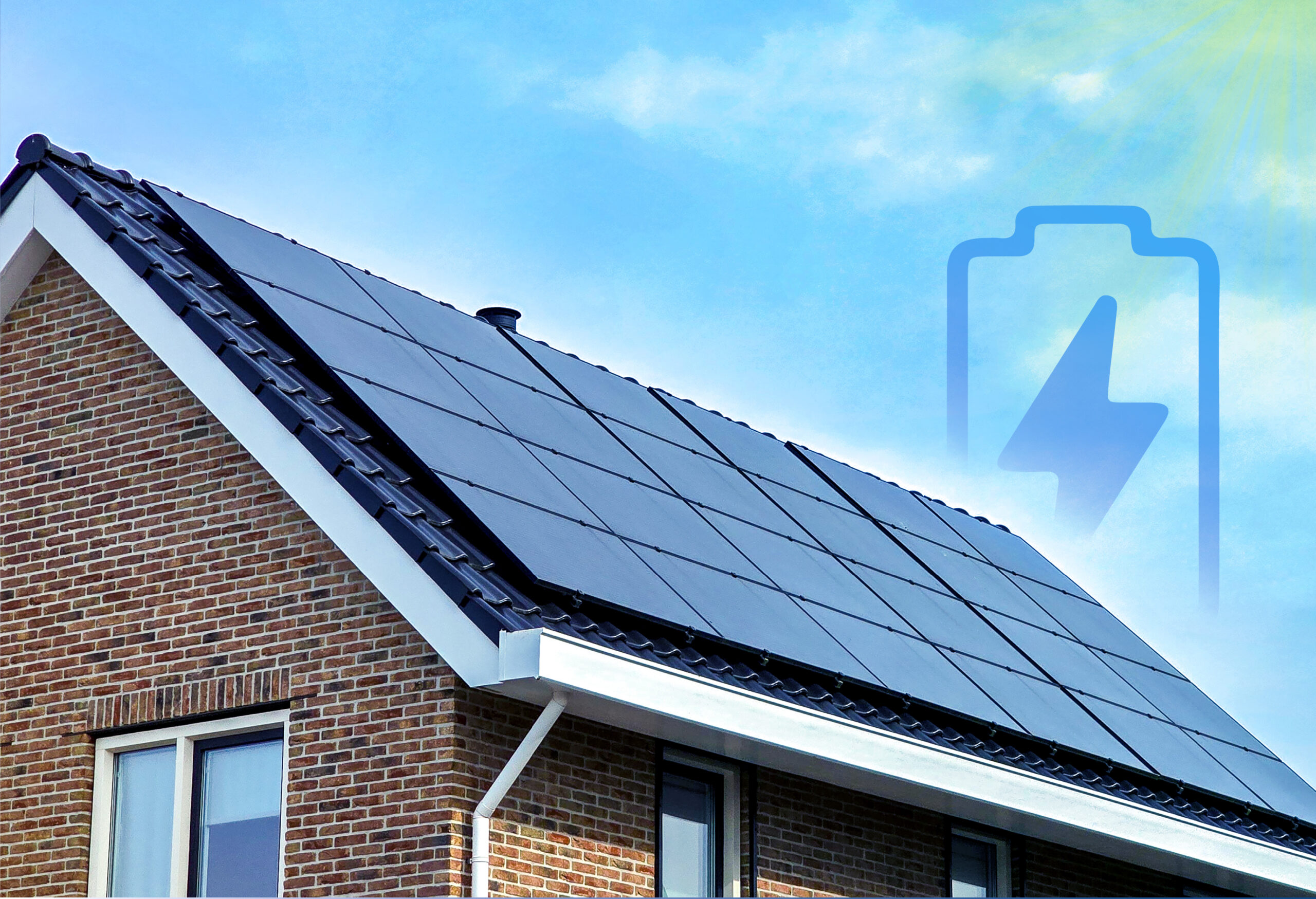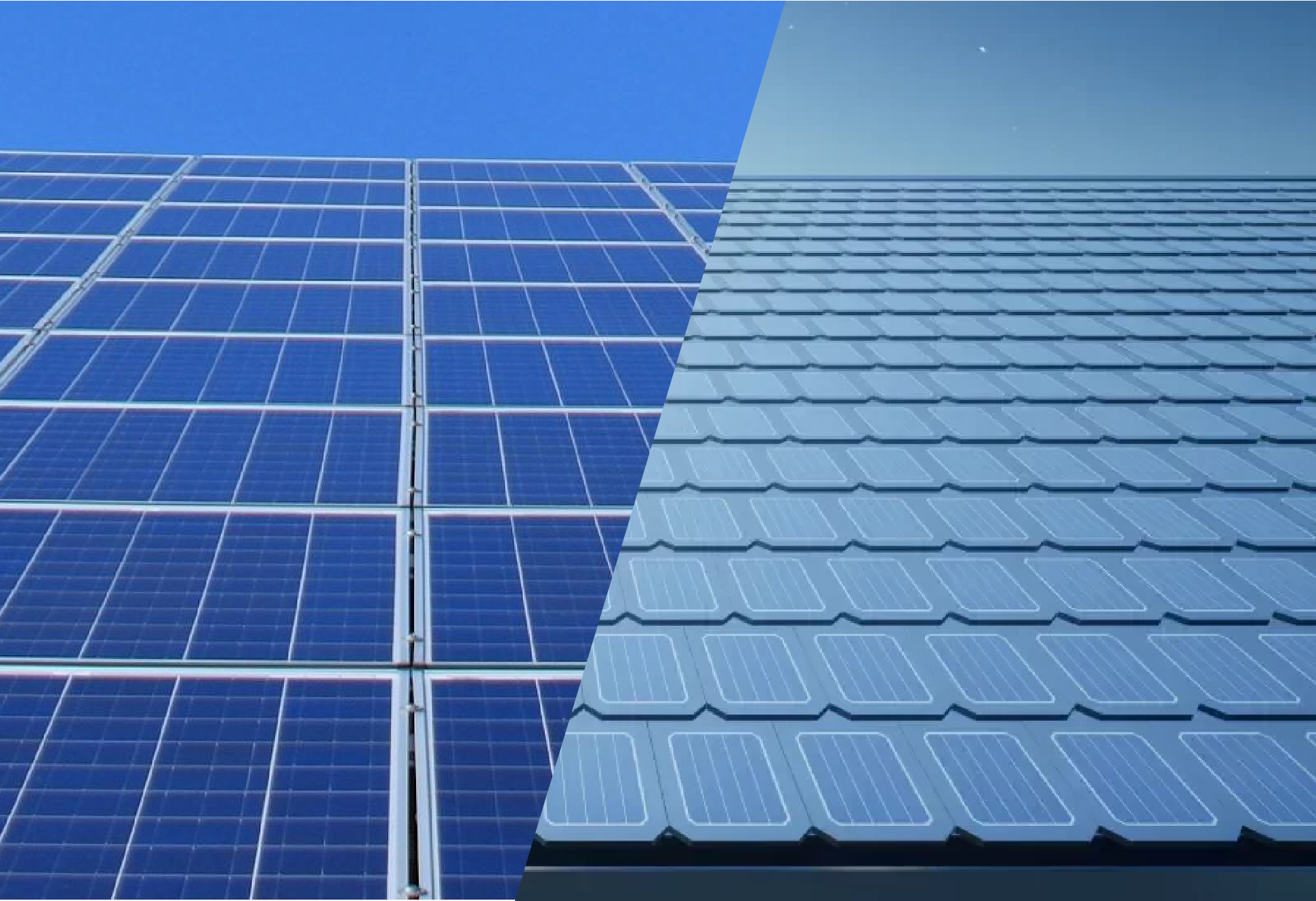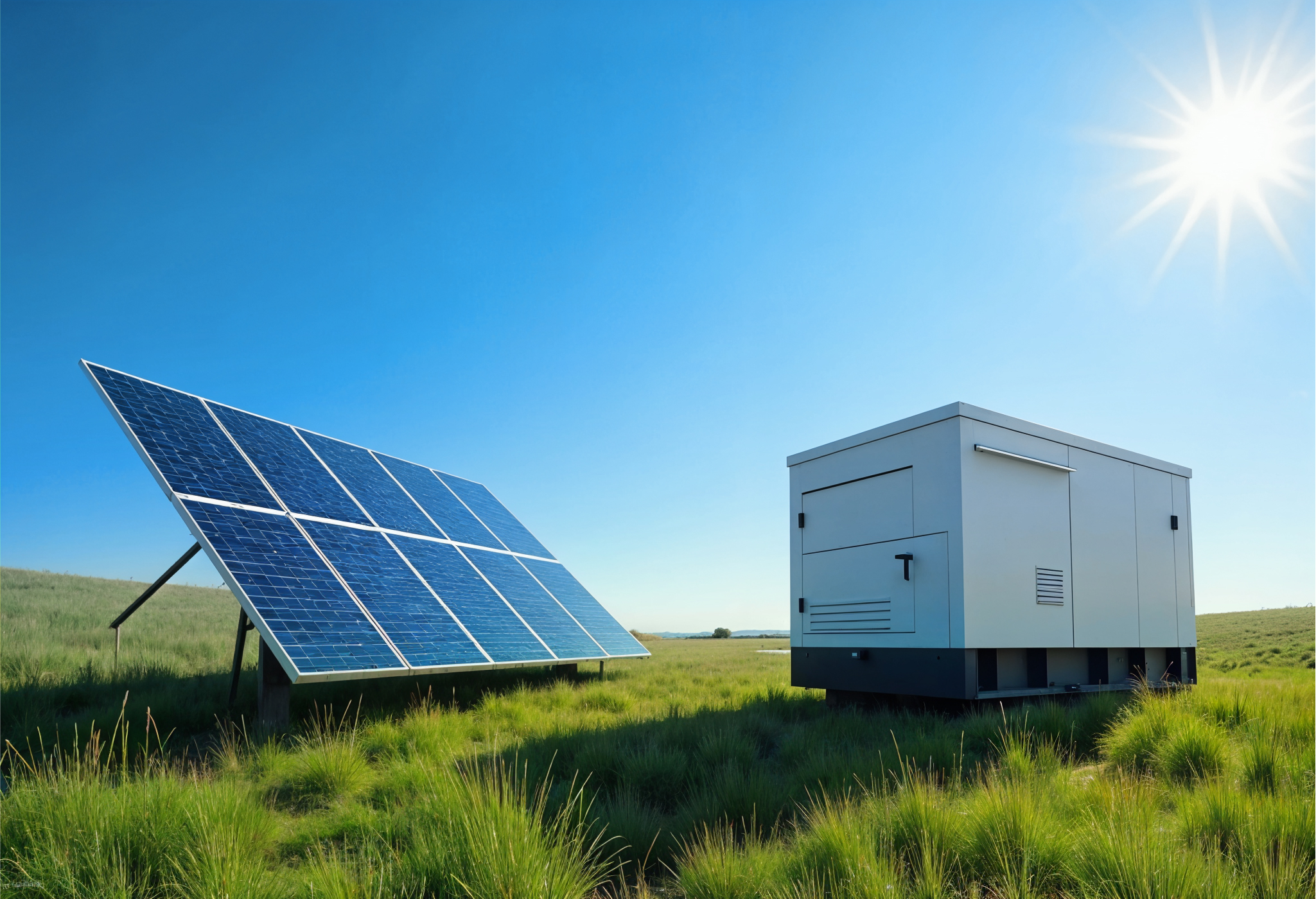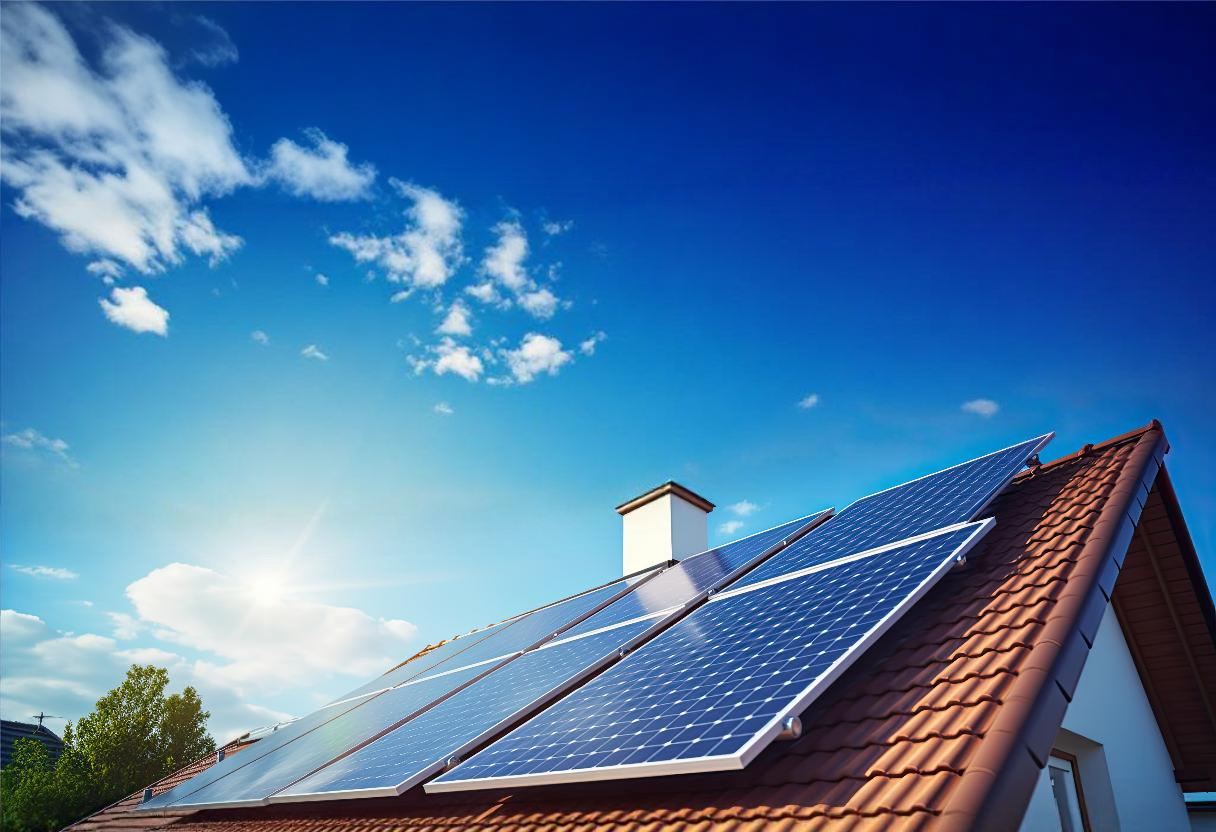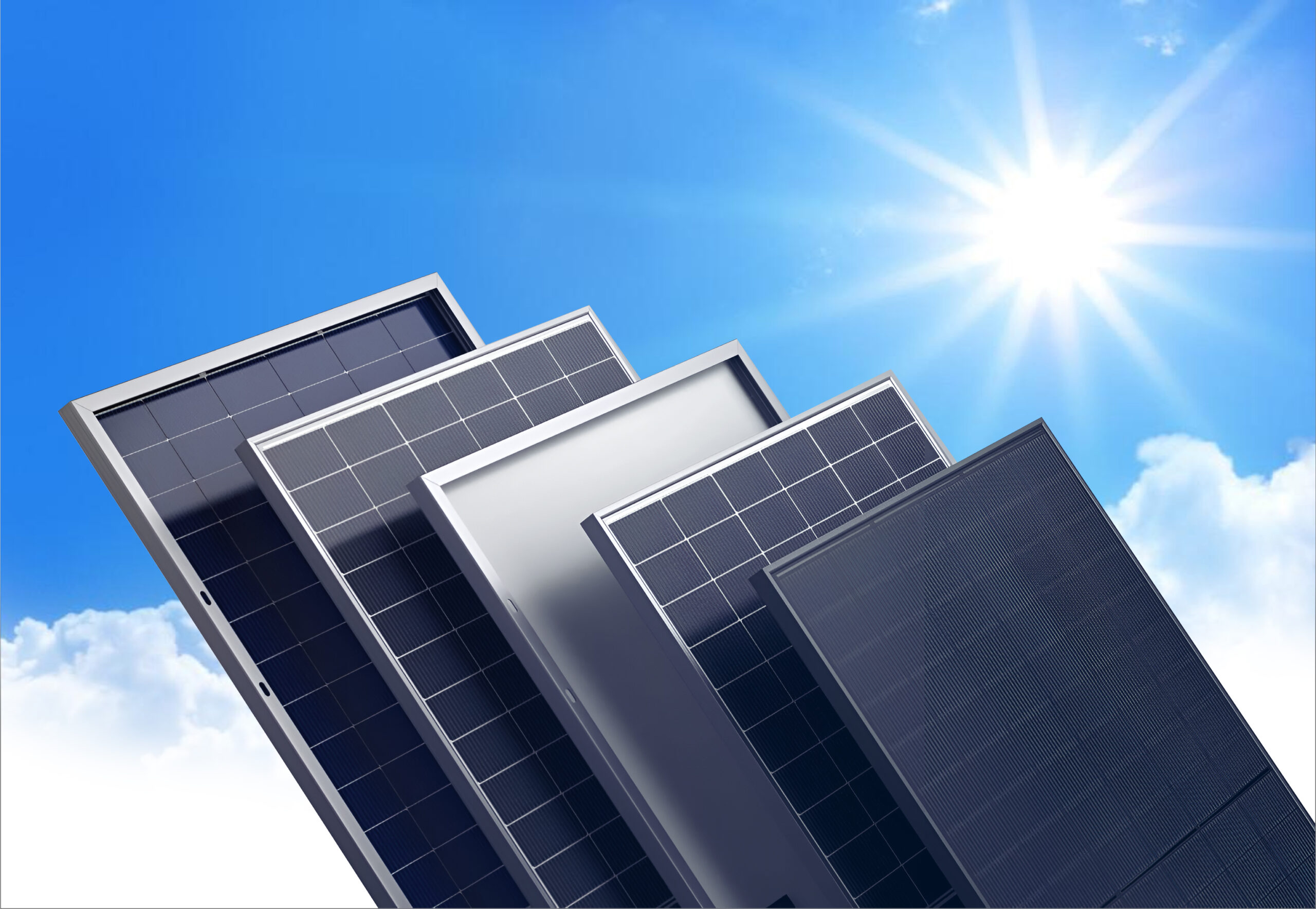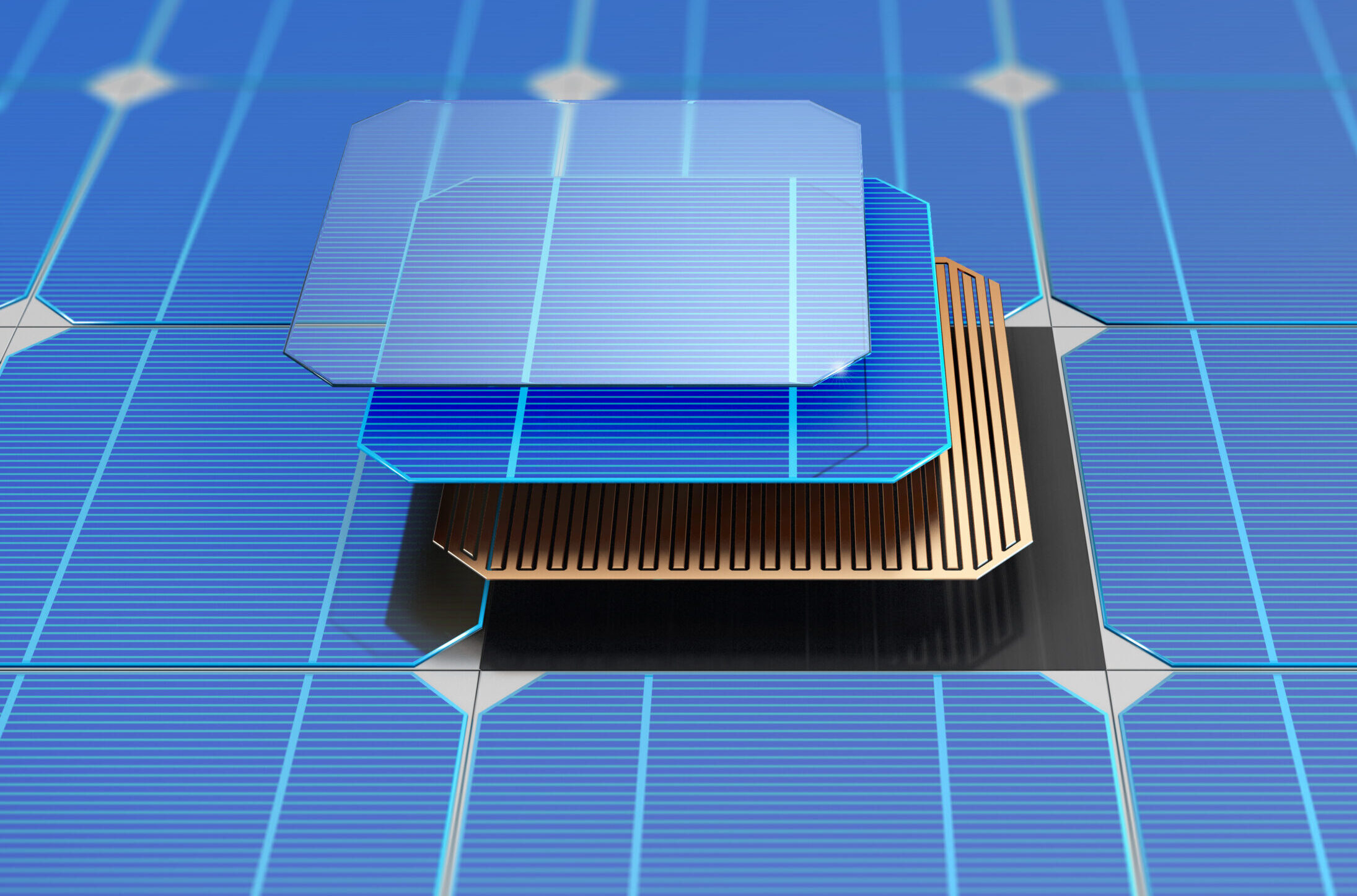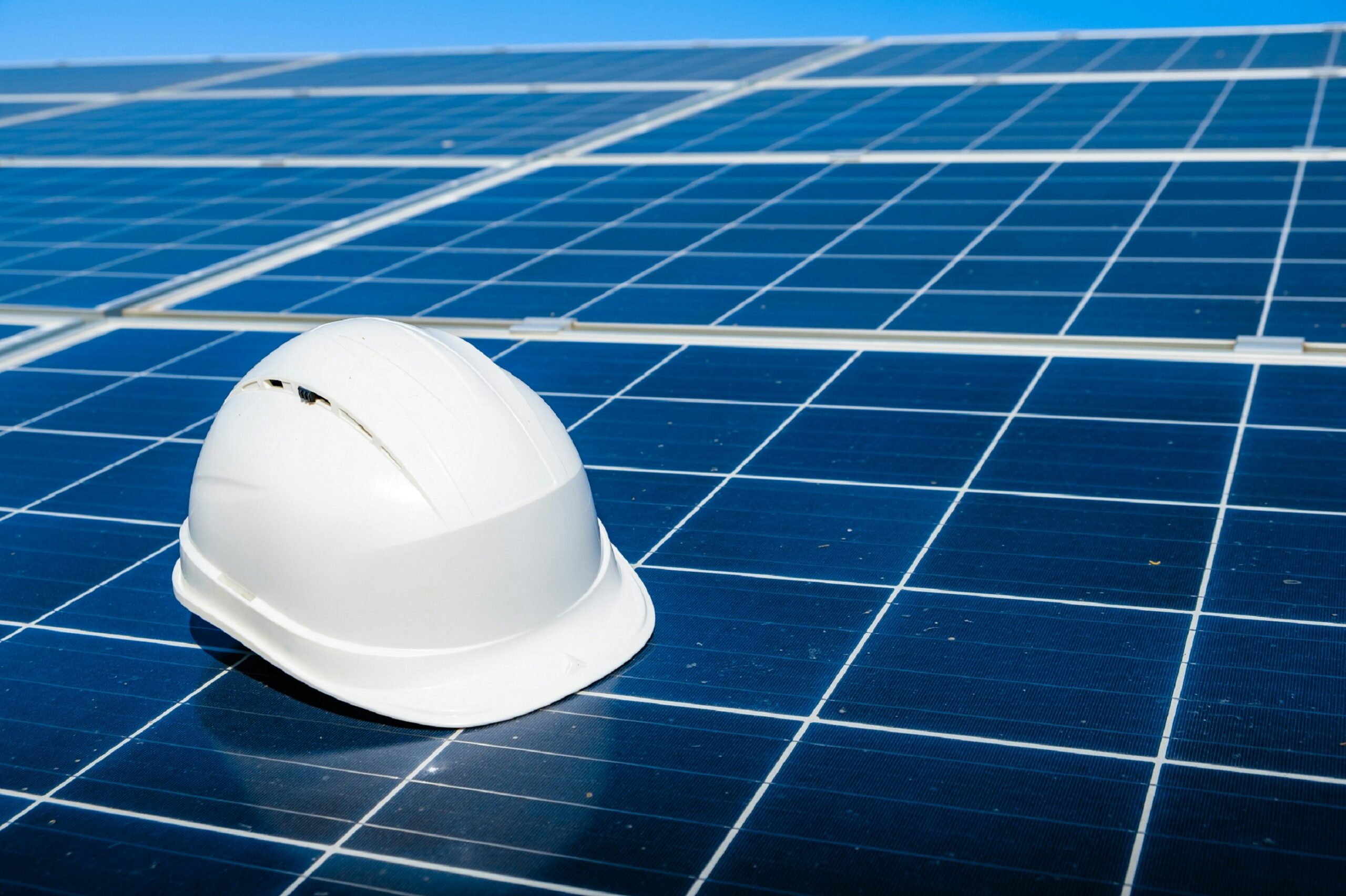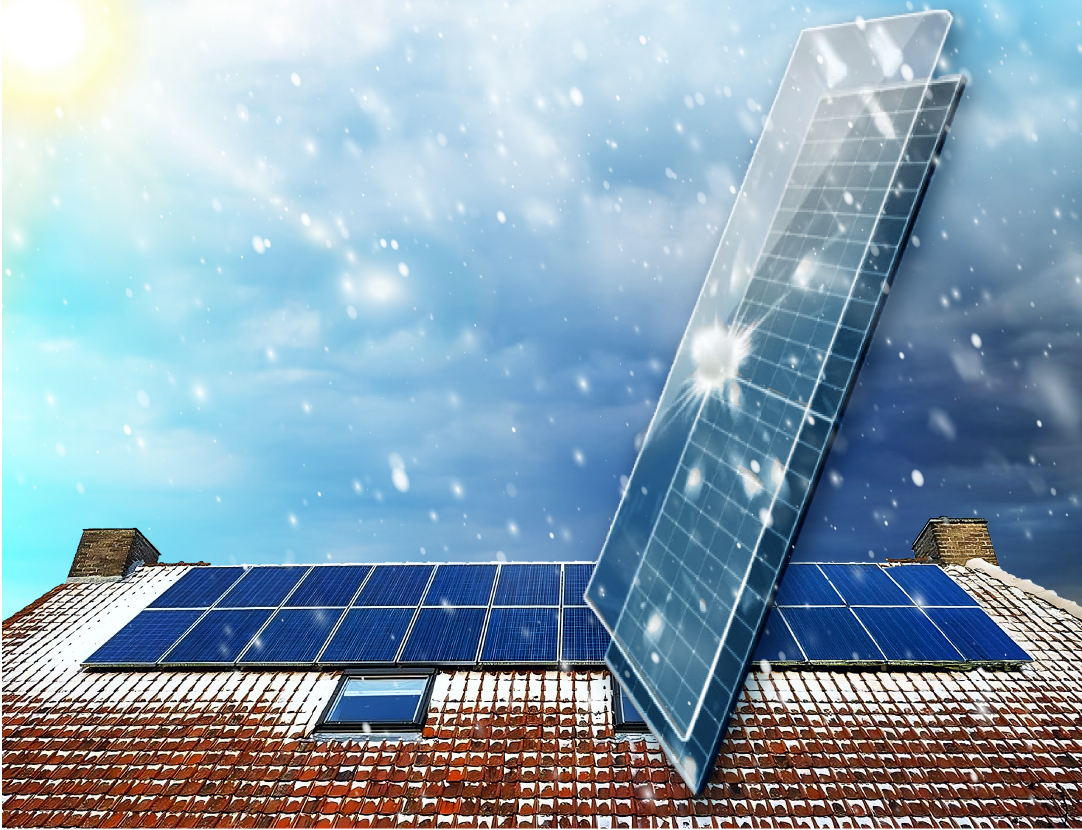Author: Mariela Guanchez
Picture a heavy thunderstorm rolling in, pelting your roof with chunks of hail. If you’ve recently installed a solar array—or are thinking about it—you might be anxious: Can solar panels withstand hail? Let’s talk about the durability standards solar manufacturers must meet, why modern panels do quite well in rough weather, and how you can protect your investment in Nova Scotia’s sometimes-unpredictable climate.
The Durability Standards
Most manufacturers test their panels under severe conditions—like hailstones traveling at high speeds—to ensure they can endure typical storms. International standards often require that panels resist hail up to a certain diameter (often around 25 mm or 1 inch) at typical terminal velocity. So, yes, panels are generally built with robust tempered glass to handle some of nature’s worst.
In practice, it’s rare to see hail large enough in Nova Scotia to cause real damage to a properly installed system. While freak storms happen anywhere, the type of hail that severely dents cars or breaks windows is less common here than in certain other regions.
The Tempered Glass Advantage
Tempered glass used in solar modules is akin to what’s found in car windows or smartphone screens. It’s stronger and designed to crack in a safe pattern if it does fail. This significantly reduces the risk that a single hail impact will shatter your entire panel. If a crack does form, it might degrade performance but not always kill the panel completely.
Real Life Examples
I recall a local homeowner in Halifax who installed a system in early spring. That summer, we had a sudden hailstorm. She texted me, panicked, thinking her brand-new system might be ruined. But after the storm passed, a quick inspection showed zero damage. The tempered glass had done its job. She was relieved—and maybe a bit proud that her panels braved the storm unscathed.
Maintenance and Inspection
Even if your panels handle hail admirably, it’s wise to do a quick visual check after any severe storm. Sometimes small chips or micro-cracks can appear. If you spot anything suspicious—like a spiderweb crack or water infiltration—call your installer or a professional to assess. They can guide you on warranty coverage or minor repairs.
Insurance Considerations
Solar panels often fall under your homeowner’s insurance, especially if they’re attached to your roof. If you’re worried about catastrophic hail damage, confirm your coverage. In the rare event that hail does smash a panel, your policy might help cover replacement costs. This can bring peace of mind to those who fear freak storms.
Protective Measures If You’re Extra Cautious
- Steeper Tilt: Panels at a steeper angle might deflect hail more effectively. This is more a side-effect if your roof is already pitched, though.
- Ground Mount: If you have a ground-mounted system, you could theoretically position them in a less exposed spot—but that’s not always feasible or necessary.
Ultimately, most folks rely on the standard testing and toughened glass that modern panels have by default.
Conclusion
So, Can solar panels withstand hail? In most cases, absolutely. With rigorous testing standards and strong tempered glass, modern solar modules are built to take a beating from typical hailstorms. Nova Scotia’s climate does see the occasional severe storm, but serious damage is relatively rare. If you do find your panels battered by an unexpected hail barrage, a quick check or professional inspection can confirm whether everything’s still good to go. Usually, you’ll find the panels unscathed—just like your confidence in solar’s resilience.

